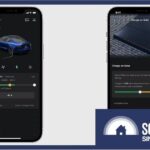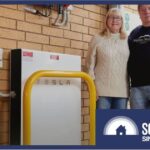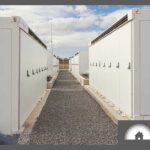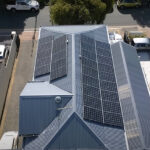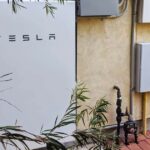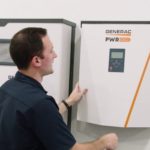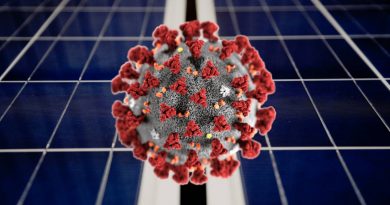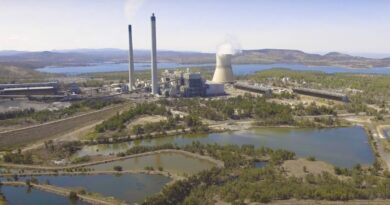Tesla Now Supporting Powerwalls For Off Grid Living In Australia
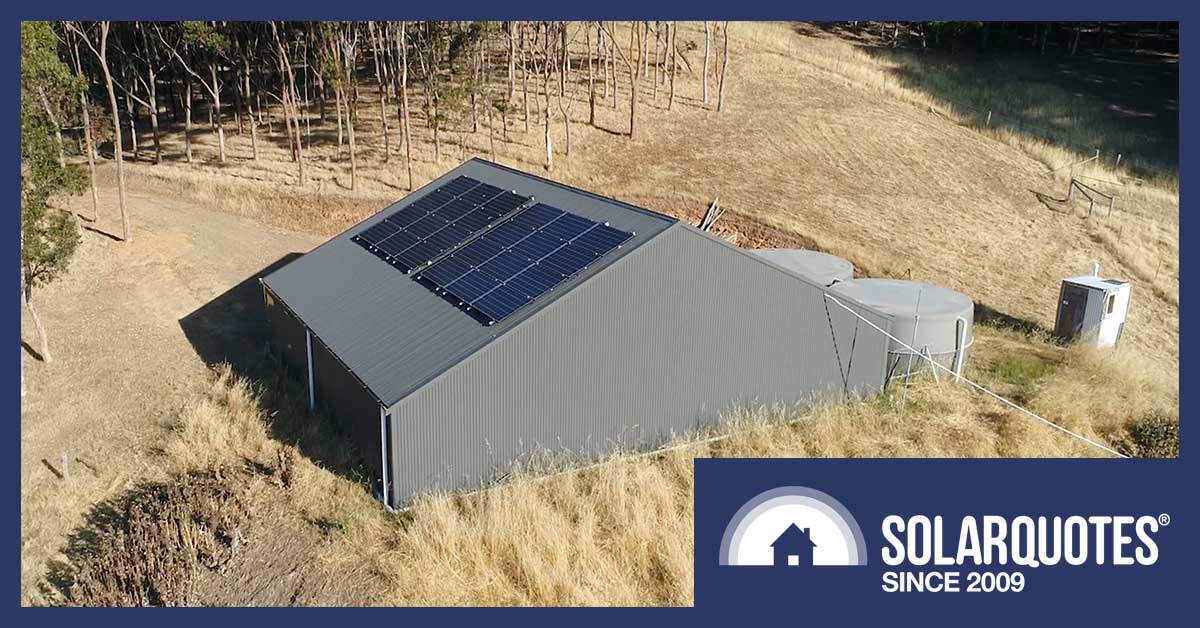
Wanna go off-grid? Now you can officially do it with Tesla Powerwalls.
For the ordinary on-grid customer, batteries are optional. They’re nice to have if you can afford them. Although they’re unlikely to pay for themselves, there are plenty people who want them for backup, lower power bills, and the joy of using much less grid electricity.
But if you’re off-grid (as I am), batteries aren’t optional – they are how you get through the night and have the lights come on in the morning.
So I was interested to catch up with Tesla’s decision to make a company-backed entry into the off-grid energy storage market. I also spoke to installer I Want Energy, which has experience with the Powerwall in off-grid applications (and, as I was to learn, an enthusiastic convert to the technology).
As a key Tesla dealer in the Tasmanian market, I Want Energy CEO Rob Manson told SolarQuotes he and some staff had the chance to tour the Nevada Gigafactory and the Palo Alto vehicle factory in November 2019, and that’s when he first learned Tesla was looking at a move into the off-grid energy storage market.
Manson said Hawaii was the first region to receive Tesla-backed off-grid installations, and there are now 200 of them. Australia, Manson said, was the second country to be part of the off-grid strategy, and he’s spent about 12 months talking to customers.
“I have several battery products, but in my view Tesla is going to become the dominant off-grid battery.”
That’s because Tesla does the best job of meeting the requirements of off-grid customers according to Manson.
“First, you have to analyse the customer’s loads – we get them to fill in a sheet which details how many hours they’re going to have the lights on, how many hours a week for their vacuum cleaner, their washer, their clothes dryer.”
For off-grid installations, the load analysis has to be more in-depth than if the household is grid connected.
Manson said in the past the installer would work out the overnight load and order a lead acid battery bank twice the size of the load, because lead acid batteries can only withstand 50% discharge before they suffer damage.
That’s one reason Manson was pleased to have Tesla entering the off-grid market: Li-ion batteries such as the Powerwall can be discharged down to 90%. That makes the battery’s footprint much smaller than a lead-acid battery bank.
The other attraction is Tesla’s active interest in the performance of the battery over its lifetime. To give the battery the best chance of serving its ten-year warranty, Tesla collects the Powerwall’s telemetry.
“They want to view it remotely so they can troubleshoot it if they need to”, Manson pointed out.
And like the Tesla car, the Powerwall’s software doesn’t stand still.
“I’ve been driving a Tesla car for about six years, and I get excited when I get an update pushed into it over wireless. The same thing holds for the Powerwall battery and its gateway, you know the system is only going to improve over time.
“As they gather data, they can tweak the system to make it more efficient.”
Some years ago, I needed to replace a battery bank and investigated the Powerwalls available. It would have been nice to take a technology newer than lead acid, but at that time I would have needed at least two Powerwalls to replace the 24 two-volt 1,100 Ah batteries I was replacing.
Things have moved a long way in about four years: Manson said a single Powerwall would easily serve up the 13.2kWh of battery storage I have, and the battery will become more efficient over time.
Because the Powerwall has its own charge controller, Manson said, the installer can choose any quality grid-connect inverter to serve the household (I Want Energy uses Fronius, and Tesla identifies SMA and SolarEdge as also suitable).
And like any off-grid system worth its salt, the Powerwall’s gateway can auto-start a backup generator if needed. Be warned, however: at the moment, Tesla only nominates two compatible backup generators: the high-end Himoinsa HYW Single Phase Series, and Kubota GL Series.
 The Temperature Challenge
The Temperature Challenge
The only catch in the Australian context is the temperature parameters – the Powerwall has to be kept between 10°C and 30°C.
Manson said an installer he spoke to while touring the factories said the lower temperature is the hardest to meet at high altitude in Hawaii. In Australia, I’d guess the upper temperature will pose the greater challenge.
“Tesla suggests that the battery itself should be within the heat envelope of the home”, he stated.
Having the batteries in a separate shed, which most people using large lead acid banks do, is not ideal.
However, most houses will have a suitable location where the internal temperature remains below 30°C, and I Want Energy has been working with homeowners and architects to ensure new builds have a suitable battery install location.
Another point to note is that Tesla’s off grid brochure suggests that their off grid systems require a minimum of 2 Powerwalls. That’s about $23,300 worth of batteries.

From Tesla’s Off Grid Application Notes
Original Source: https://www.solarquotes.com.au/blog/tesla-powerwall-off-grid/
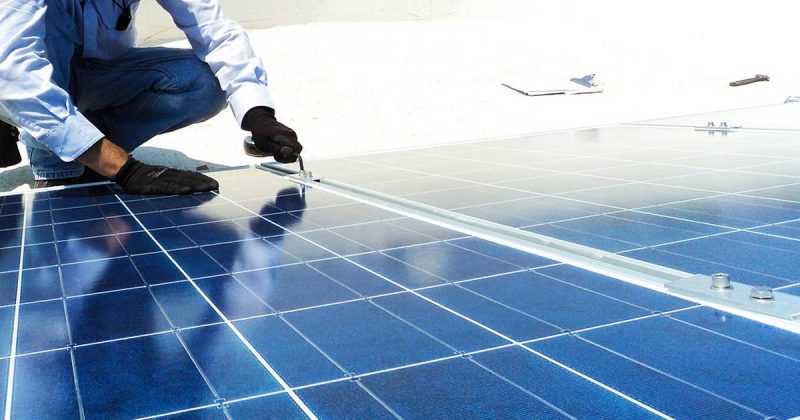
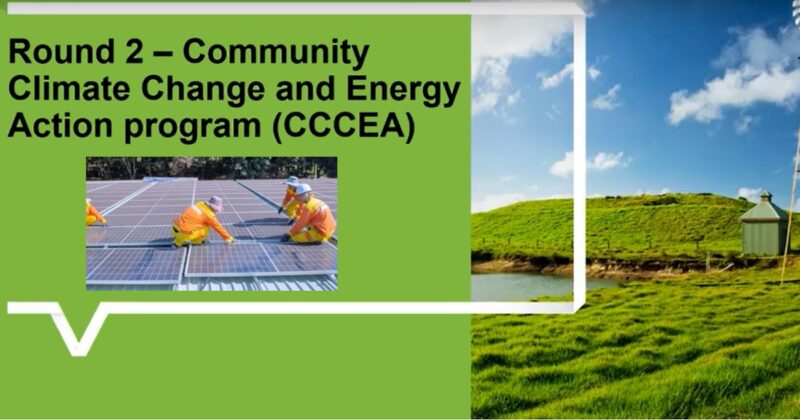
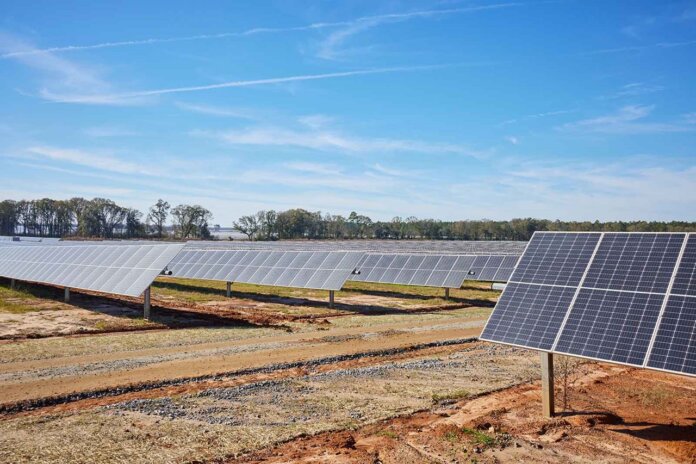

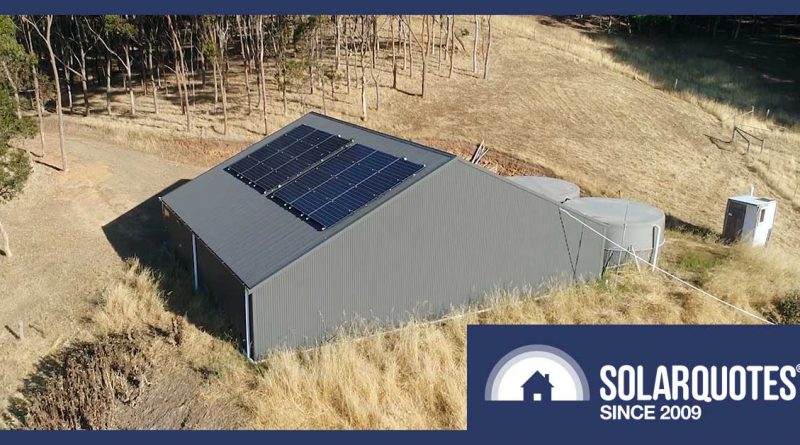

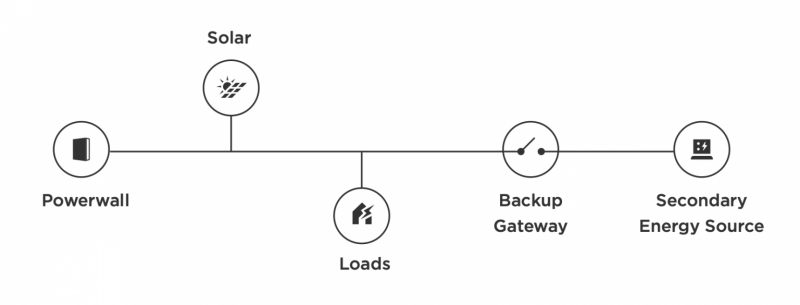 The Temperature Challenge
The Temperature Challenge